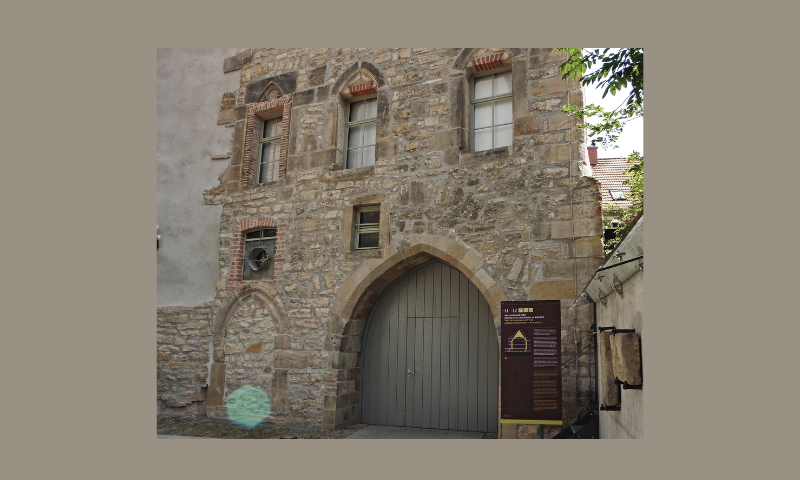Andrew Curry
Science, Nov. 30, 2022
“Together with a smaller scale study published in September that looked at DNA from six individuals from the Middle Ages unearthed in Norwich, England, the Erfurt analysis offers clues to where the Ashkenazim came from centuries earlier, and what happened along the way.”
On a Sabbath Saturday in March 1349, the Jewish community of Erfurt was wiped out in a pogrom. The archbishop of Mainz, who had granted Jews the right to live and work in the medieval German city, tried the pogrom’s ringleaders, local merchants and city council members who owed money to Jewish money lenders. One was executed and the rest exiled. The city’s Christian population, meanwhile, was forced to pay restitution.
Five years later, a new Jewish community took root in the narrow, winding streets. Beginning in 1354, the city funded new houses and a synagogue, drawing Jews from across Europe to Erfurt. “That must have convinced them it would never happen again,” says Karin Sczech, an archaeologist who works for the city.
For 100 years, Erfurt’s Jews flourished. They bathed in a ritual bath, or mikvah, on the banks of the Gera River and buried their dead in a large cemetery just outside the city walls. Then it all came to an end, again. In 1454, the town council revoked the rights of Erfurt’s Jewish population, forcing them to leave town. The city built a granary on top of their cemetery, destroying hundreds of graves and repurposing Jewish tombstones to build its stout stone walls. … [To read the full article, click here]


